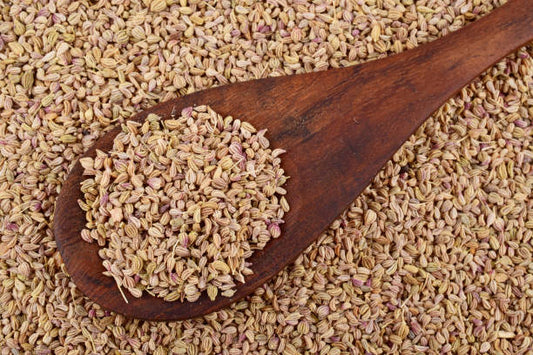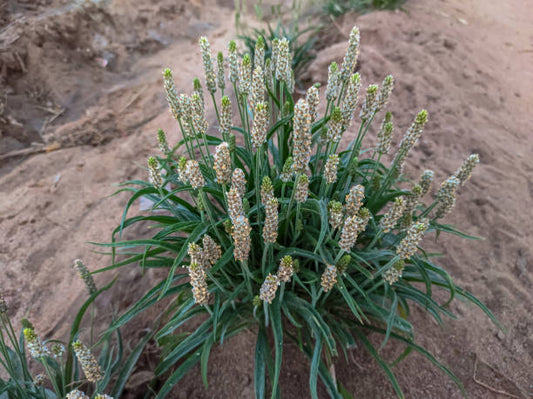Menstruation is a natural process that happens to many people worldwide. But it comes with cultural beliefs and stories that have been around for a long time. These beliefs have shaped how societies see and treat people who menstruate. Let's explore some of these beliefs from different parts of the world. We'll learn about why some cultures think the way they do about periods.

Menstruation, a completely natural process experienced by approximately half of the global population, often comes bundled with a tapestry of cultural beliefs, myths, and taboos. These enduring menstrual superstitions have spanned centuries, profoundly influencing the way societies perceive and treat individuals who menstruate. In this enlightening journey, we will embark on an exploration of intriguing menstrual superstitions from various corners of the world. Through this exploration, we aim to illuminate the diverse, and sometimes perplexing, ways in which different cultures approach this entirely natural phenomenon.
1. India's Tradition of Seclusion During Periods

In the rich and diverse cultural fabric of India, a centuries-old tradition holds menstruating women in seclusion. During their periods, they are forbidden from entering temples, participating in religious ceremonies, or handling food meant for others. This practice is rooted in the belief that menstruating women are impure. It prompts us to ponder the complex intersection of tradition, religion, and gender roles.2. Japan: Menstrual Blood as a Source of Good Luck

In the Land of the Rising Sun, a unique belief emerges—the association of menstrual blood with good luck. Some people in Japan believe that menstrual blood possesses protective qualities, capable of warding off evil spirits. Some even paint symbols using menstrual blood to invite good fortune, offering a captivating glimpse into Japan's mystical beliefs.3. Nepal's Custom of Isolation

Nestled amid the breathtaking Himalayan landscapes, Nepal hides a practice known as "Chhaupadi." This tradition dictates that menstruating women must isolate themselves in small, remote huts, away from their homes and communities. While this practice may seem archaic, it raises vital questions about gender equality, women's health, and cultural evolution.4. Ancient Rome: Menstrual Blood as a Fertility Elixir
In the echoes of history, ancient Rome beckons with a belief that might astound us today—menstrual blood was considered a potent fertility elixir. Women would mix menstrual blood with other substances, using it in love spells or rituals to attract romantic partners. This belief underscores the profound variations in perceptions of menstruation across different cultures and eras.5. Madagascar: Embracing Menstrual Taboos
On the distant island of Madagascar, menstrual taboos exert a powerful influence. Menstruating women are often barred from touching specific objects or participating in particular activities due to the belief that their menstrual blood brings bad luck. This invites contemplation of the enduring power of superstitions in the modern age.6. Western Culture: The Myth of Menstrual Synchrony
In Western culture, a long-standing myth prevails—the concept of "menstrual synchrony," suggesting that women living together will eventually synchronize their menstrual cycles. Yet, scientific evidence supporting this phenomenon remains elusive, challenging our understanding of menstrual dynamics and shared experiences.7. Native American Beliefs and Practices
Across the vast landscapes of North America, Native American tribes boast their unique beliefs and practices concerning menstruation. For some, menstruation signifies a period of heightened intuition and spiritual connection, while others engage in intricate rituals to honor this natural cycle. These diverse beliefs serve as a reminder of the richness of perspectives on menstruation within Indigenous cultures.8. The Philippines: Pamahiin (Superstitions)
In the Philippine archipelago, "pamahiin" or superstitions linked to menstruation offer a unique lens into local folklore. Some believe that encountering a menstruating woman can bring bad luck, while others interpret it as a sign of impending misfortune or death. These beliefs stand as a testament to the enduring influence of superstition in everyday life.Conclusion: A Global Tapestry of Beliefs Surrounding Menstruation
The array of menstrual superstitions from around the world unveils a captivating tapestry of cultural beliefs and taboos. While some cultures embrace menstruation as a source of power and luck, others stigmatize it with notions of impurity and seclusion. As society evolves, many of these superstitions are being questioned, paving the way for more informed and progressive attitudes toward menstruation. Understanding these diverse beliefs represents a significant step towards dismantling the barriers and taboos that have encircled menstruation for far too long. It invites us to celebrate the richness of human culture while advocating for a world where menstruation is met with understanding, respect, and equality."Author: Nikita Vishnoi BCA












